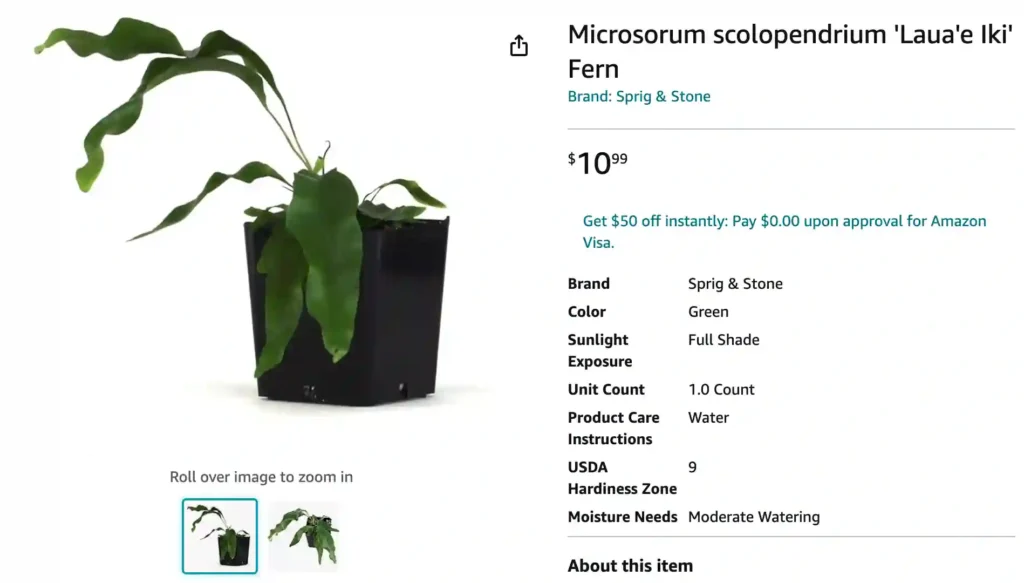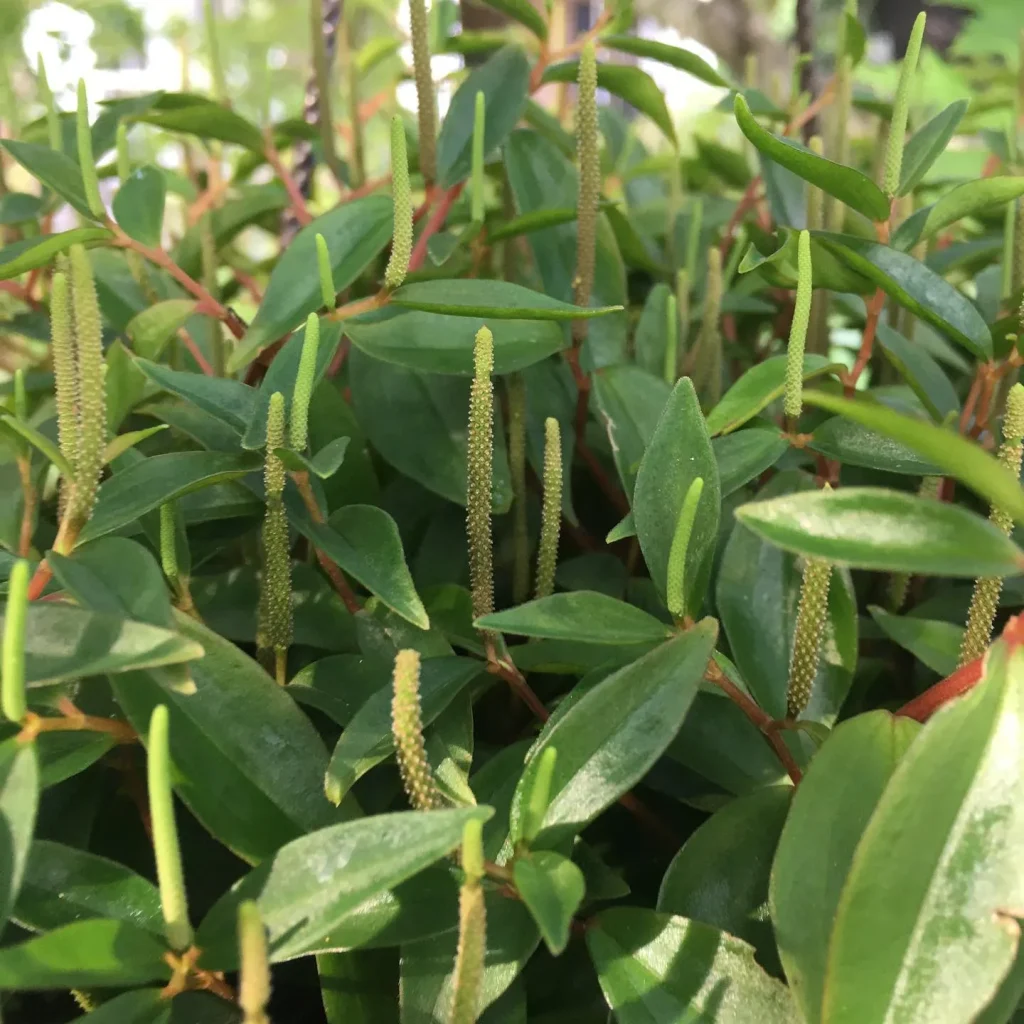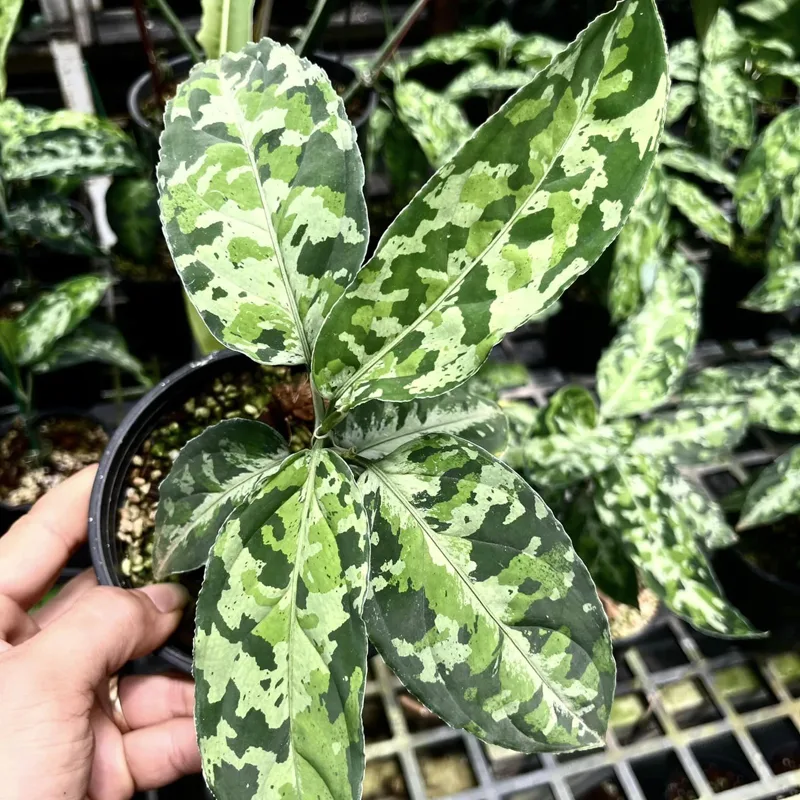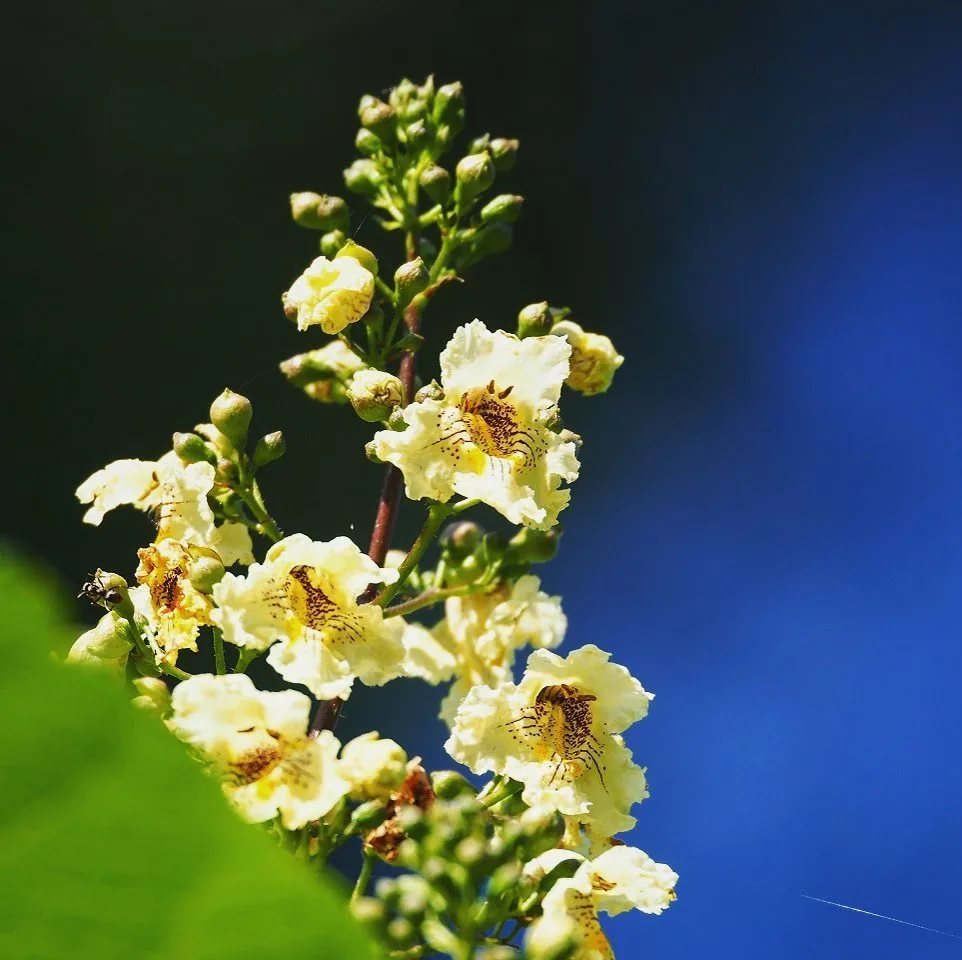
The All-You-Need-to-Know Guide to Microsorum Scolopendria by Ferb Vu
Hi everyone, Ferb Vu here! Today, we’re diving deep into the world of a resilient and beautiful fern – the Microsorum Scolopendria. Often called the Monarch Fern, Wart Fern, or even the Maile-Scented Fern, this tropical wonder is a popular choice for plant enthusiasts.
Whether you’re a seasoned plant parent or a curious newcomer, this FAQ will equip you with everything you need to know about caring for your Microsorum Scolopendria.
33 Species in Genus Microsorum
What is a Microsorum Scolopendria?
The Microsorum Scolopendria synonym of Phymatosorus Scolopendria is an epiphytic fern, meaning it thrives by growing on other plants or surfaces in its natural habitat. Native to the tropical regions of the Western Pacific, this fern boasts stunning leathery fronds with a unique wavy or elliptical shape. The color can range from a vibrant green to a bluish-grey, adding a touch of elegance to any indoor space.
Is Microsorum Scolopendria easy to care for?
Absolutely! This fern is known for its adaptability and low-maintenance needs. Here’s what you need to remember:
- Light: The Microsorum Scolopendria prefers bright, indirect light. Avoid harsh sunlight, which can scorch the leaves.
- Water: Consistent yet moderate watering is key. Aim for the soil to feel slightly moist but not soggy.
- Humidity: As a tropical native, this fern thrives in high humidity. Misting regularly or using a pebble tray filled with water can help create a more humid environment.
- Temperature: Aim for temperatures between 65°F and 80°F (18°C – 27°C). Avoid placing your fern near drafts or air conditioners.
- Soil: A well-draining, loose potting mix is ideal. Aroid mix or orchid bark are popular choices.
How big does a Microsorum Scolopendria grow?
The size can vary depending on the specific variety and care provided. Generally, these ferns can reach a height of 12-24 inches (30-60 cm) with fronds spanning 8-16 inches (20-40 cm) wide. Their slow to moderate growth rate makes them perfect for smaller spaces.
How is Microsorum Scolopendria different from other ferns?
Compared to other ferns, the Microsorum Scolopendria stands out for its:
- Leathery fronds: Unlike some delicate ferns, the Microsorum Scolopendria boasts thicker, more durable fronds that can withstand moderate handling.
- Epiphytic nature: This unique characteristic allows you to mount the fern on a driftwood piece or coconut husk, creating a stunning vertical element in your indoor jungle.
- Low light tolerance: While most ferns prefer bright light, the Microsorum Scolopendria can tolerate lower light conditions, making it suitable for rooms that don’t receive direct sunlight.
Does Microsorum Scolopendria have any special requirements?
Not particularly. However, providing occasional fertilization during the growing season (spring and summer) can help promote healthy growth. A balanced liquid fertilizer diluted to half strength is recommended.
How do I propagate a Microsorum Scolopendria?
Propagation is quite straightforward! Here are two common methods:
- Rhizome division: During repotting, you can carefully divide the rhizome (the thick, underground stem) of a mature fern into sections, ensuring each section has at least one growing point. Plant each section in separate pots with fresh potting mix.
- Spore propagation: This method requires more patience and specific techniques. Spores, the fern’s reproductive units, can be collected and sown on a sterilized growing medium. However, this method is generally recommended for experienced plant propagators.
Is Microsorum Scolopendria toxic to pets?
While not considered deadly, the Microsorum Scolopendria contains compounds that can cause stomach upset if ingested by pets. It’s best to keep this fern out of reach of curious furry friends.
Conclusion
The Microsorum Scolopendria is a fantastic choice for plant lovers seeking a low-maintenance and visually striking addition to their indoor space. With its beautiful foliage, adaptability, and ease of care, this fern is sure to thrive under your watchful eye. So, why not give the Microsorum Scolopendria a try and bring a touch of the tropics into your home?
If i die, water my plants!



